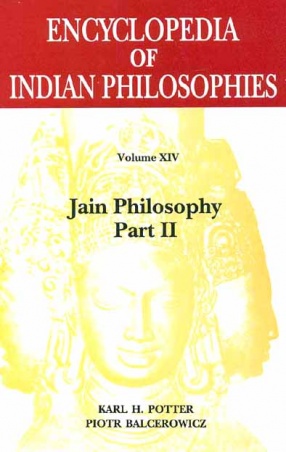
Encyclopedia of Indian Philosophies

Showing all 14 books
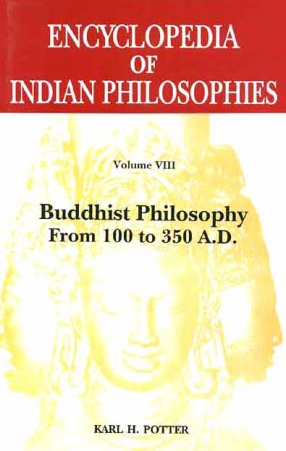
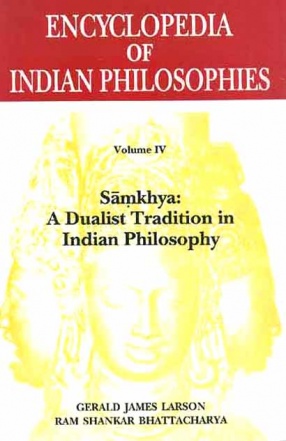
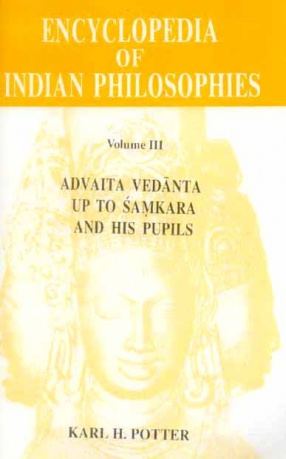
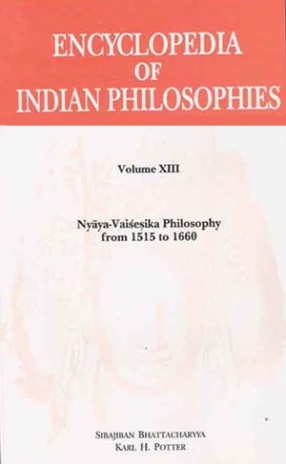

Encyclopedia of Indian Philosophies in 28 volumes is an endeavour by an international team of scholars, led by Prof. Karl Potter (General Editor), to present the contents of Indian philosophical texts to a wider public than has hitherto been possible. It attempts to provide a definitive summary of current knowledge about each of the systems of classical Indian philosophy. Each volumes consists of an extended analytical essay together with summaries of every ...

The following volume constitutes the second in a series devoted to Buddhist philosophy. It takes up more or less where its predecessor, Volume VII of this Encyclopedia, leaves off, around the beginning of the second century A.D. This is a period still not well understood, with a great deal of scholarly disagreement remaining about many aspects of the history and thought of the period. The editor of the volume has tried to utilize the most up-to-date scholarship ...


Samkhya is one of India's oldest philosophical systems, and this volume of the Encyclopedia of Indian Philosophies, coedited by Gernald James Larson and Ram Shankar Bhattacharya, and under the general editorship of Karl H. Potter, traces the history of the system from its beginnings in the third or fourth century B.C.E. up through the twentieth century. The volume includes a lengthy Introduction (written by G.J. Larsen) which discusses the history of the system ...

This volume summarizes what we know of early Advaita Vedanta upto the Samkara's pupils, Suresvara, Padmapada, Totaka and Hanstamalaka. An analytical introduction by the editor introduces the reader to the concepts utilized by Gaudapada, Samkaracarya and mandana Misra in expounding and defending the Advaita view. This is followed by summaries of all the authentic Advaita works of these authors, together with those of Suresvara and Padmapada as well as a number of ...
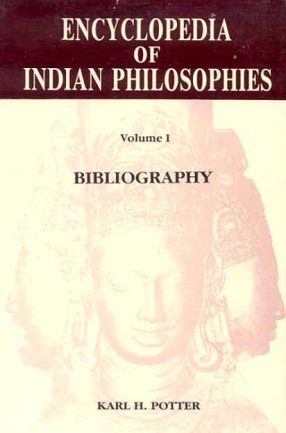
This constitues the first volume of the series. It indicates the scope of the project and provides a list of sources which will be surveyed in the sebsequent volumes, as well as provide a guide to secondary literature for further study of Indian Philosophy. It lists in relative chronological order, Sanskrit and Tamil works. All known editions and translations into European languages are cited; where puplished versions of the text are not known a guide to the ...

The aim of this 28-volume Encyclopedia is to present the contents of different streams of Indian Philosophical texts citing experts on the points that seem debatable. The volumes include a Bibliography, a Glossary and treatments of Nyaya-Vaisesika, Samkhya, Yoga, Purva Mimamsa, various Vedanta systems and certain philosophi-cally important sects of Shaivism and Vaishnavism, as well as Jaina and Buddhist philosophy.
In this volume the history of Nyaya-Vaisesika is ...
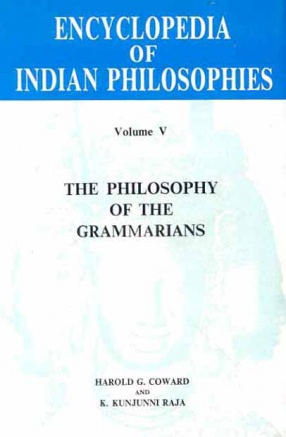
This volume, the fifth in the Encyclopedia of Indian Philosophies, is devoted to the philosophy of the grammarians. The introductory essay is intended to set their school in its context and to summarize the main grammarian teachings. The summaries of primary sources that follow the introduction aim at making available the substance of the main philosophical ideas contained in these works, so that philosophers who are unable to read the original Sanskrit and who ...
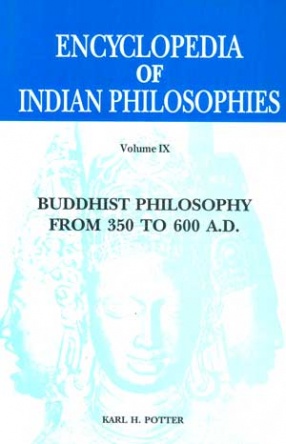
The aim of this series is to present the contents of different streams of Indian Philosophical texts to make more and more people aware about Indian philosophical thought. This multi-volume work presents Indian thought, citing experts on the points that seem debatable. So far, nine volumes have been brought out. Vol. I provides a list of sources which are surveyed in the subsequent volumes, as well as provides a guide to secondary literature for further study of ...
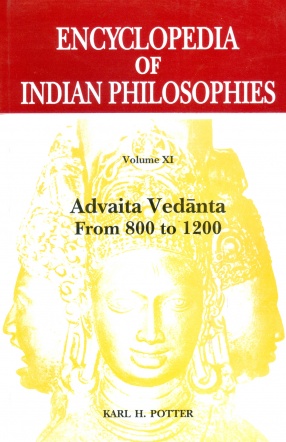
This is an endeavour by an international team of scholars to present the contents of Indian Philosophical texts to a wider public than has hitherto been possible. It attempts to provide a definitive summary of current knowledge about each of the systems of classical Indian philosophy. Each volume consists of an extended analytical essay together with summaries of every extant work of the system for which a summarizer can be found. Volumes include a Bibliography, ...
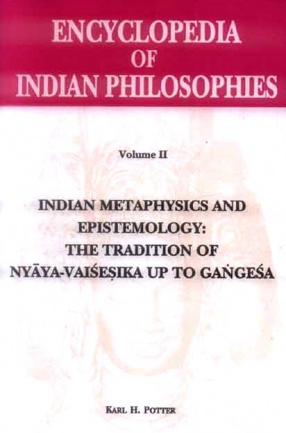
This volume provides a detailed resume of current knowledge about the classical Indian philosophical systems of Nyaya and Vaisesika in their earlier stages, i.e. covering the literature from their inception in the sutras of Gautama and Kanada up to the time of Gangesa (about A.D. 1350). This dividing point is regularly accepted in the tradition, since with Gangesa it is felt that a new start is made within the systems, the result coming to be known as ...
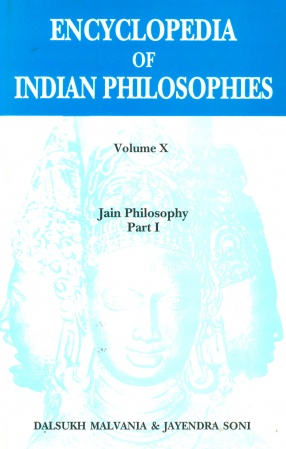
The philosophy of Jainism is the subject of a large body of literature, but a great deal of it consists of standard summary reviews that are not sufficiently accurate to bring out the uniqueness of Jain thought. The core thesis of Jain Philosophy is that of anekantavada, often rendered as "many-sidedness" for example. Such a rendering by itself fails to get to the unique contribution of the Jain positions, which is just that every serious account of the ...
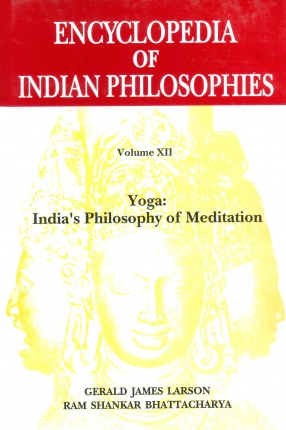
The volume traces the intellectual history of Patanjala Yoga philosophy from the early centuries of the Common Era through the twentieth century. It also provides a systematic discussions of the philosophy of classical Yoga. Particular attention is given to the meaning of "concentration" (Samadhi), “engrossment†(samapatti) and the "extra-ordinary cognitive capacities" (vibhutis, siddhis) and the ...

The present volume of the Encyclopedia of Indian Philosophies takes up the history of Nyaya-Vaisesika where Volume Two left off, in the 14th century. With Gangesa we enter the literature that has come to be known as Navyanyaya, i.e., ‘new Nyaya.’ Gangesa’s seminal work, the Tattvacintamani is one of the most famour, as well as most difficult works of Indian Philosophy and this volume beings with the most ...
